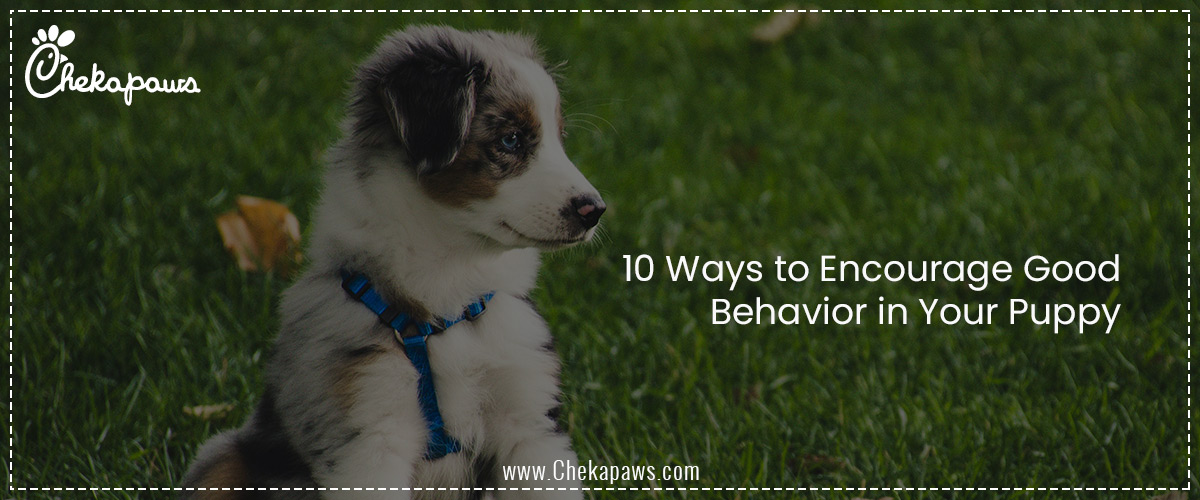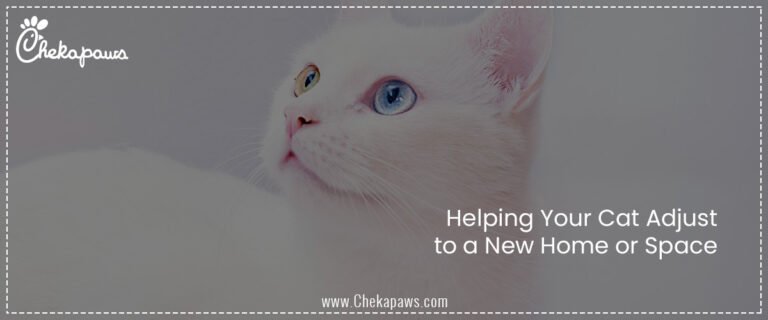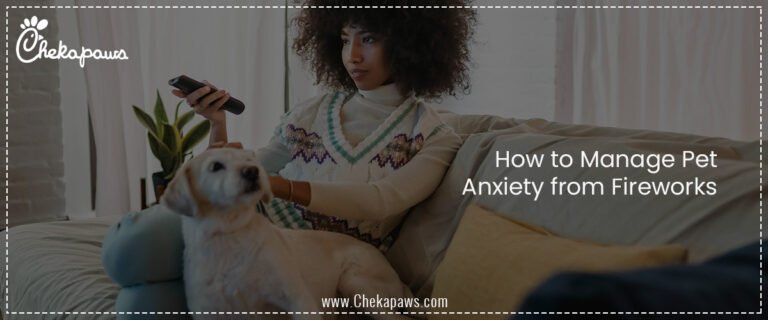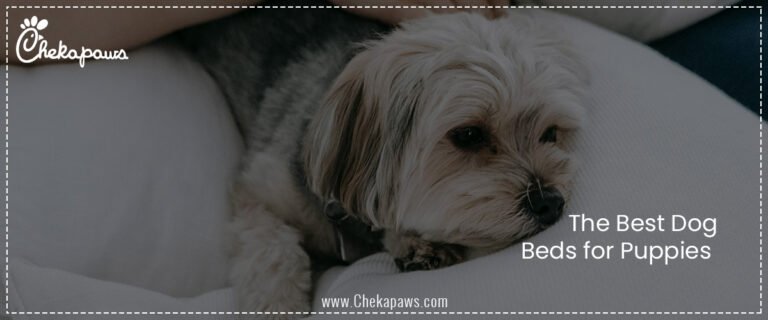Being a pet owner The experience of bringing a puppy into your house is thrilling and life-changing. These tiny energy balls are adorable, inquisitive, and full of possibilities. But without the right direction, individuals might easily form unhealthy behaviors that are difficult to overcome. The groundwork for a lifetime of friendship, compliance, and respect is laid by promoting excellent behavior at a young age. Here are five practical strategies for raising a well-behaved puppy and creating a solid, affectionate attachment.
Start with Consistent Training
The Value of Consistency
Effective training is built on consistency. Dogs thrive on structure and routine. Your puppy will know what to anticipate and how to behave if the rules are consistent. Your authority is weakened and your dog becomes confused if you are occasionally forgiving and at other times stern.
Tips for Consistent Training
- For behaviors, use the same commands: “Sit,” “Stay,” and “Come.”
- Ensure that all members of the household are in agreement.
- Several times a day, keep your workout sessions brief and enjoyable, lasting five to ten minutes.
Common Mistakes to Avoid
- Laws that are inconsistent (for example, letting them use the couch one day and reprimanding them the next).
- Failing to consistently enforce the regulations.
- Utilising many commands to achieve the same result.
Use Positive Reinforcement
Why Positive Reinforcement Is Effective
Rewarding desired behavior in order to promote its recurrence is known as positive reinforcement. Instead of punishment, puppies learn best when they are rewarded and encouraged. This approach enhances your relationship, fosters learning, and increases trust.
Types of Positive Reinforcement Treats
- Give your puppy little, delicious treats that they enjoy.
- Verbal compliments such as “Good boy/girl!” are examples of praise.
- Play: A fast fetch game might yield a significant payout.
- Cuddling or petting after good behavior is an example of affection.
When to Use It
- As soon as the required behavior occurs. It’s all about timing.
- When a new command is introduced.
- To reaffirm acquired behaviors in various settings.
Socialize Early and Often
What is Socialization?
During the crucial learning phase (between 3 and 14 weeks of age), socialization entails exposing your puppy to a range of people, animals, surroundings, and experiences.
Why It’s Important
- Increases self-assurance and decreases fear-based actions.
- Promotes polite behavior among people and other canines.
- Helps avoid anxiety or hostility in later life.
Activities for Socialization That Work
- Strolls through crowded areas.
- Introductions to amiable dogs under supervision.
- Trips to veterinary clinics, pet shops, and parks.
- Kind treatment by several individuals (adults and youngsters).
Establish a Routine
How Puppies Benefit from Routines
Order is provided via routines. Your dog will feel more safe and behave better if they know what to expect. Their activity and behavior can be controlled with a regular routine for meals, walks, bathroom breaks, and playtime.
An Example of a Puppy’s Daily Schedule
| Time | Activity |
|---|
| 7:00 AM | Wake up & potty |
| 7:30 AM | Breakfast |
| 8:00 AM | Short walk or playtime |
| 9:00 AM | Nap |
| 12:00 PM | Potty break & lunch |
| 1:00 PM | Training session |
| 3:00 PM | Potty & walk |
| 6:00 PM | Dinner |
| 8:00 PM | Evening play |
| 9:30 PM | Final potty break |
| 10:00 PM | Bedtime |
Pros of routines
- Reduced household accidents.
- House and crate training is simpler.
- Reduced anxiety and improved sleep.
Crate Train Your Puppy
Tips for Crate Training
- With toys and treats, gradually introduce the crate.
- Never punish someone with a container.
- Make crate time enjoyable and restful.
- Increase the amount of time spent in the container gradually.
Provide Plenty of Physical and Mental Stimulation
The Need for Stimulation in Puppies
A bored puppy will act naughtily. Maintaining your puppy’s composure, focus, and behaviour requires both mental and physical obstacles.
Physical Activities
- Age-and breed-appropriate walks.
- Fetching and tug-of-war.
- Off-leash play under supervision in gated areas.
Mental Tasks
- Treat-dispensing toys and puzzle toys.
- Fundamental training in obedience.
- Play hide-and-seek (with toys or treats).
- Picking up new skills.
Symptoms of Low Stimulation
- Barking or whining too much.
- Destructive chewing.
- Either nibbling or hyperactivity.
Correct Bad Behavior Immediately and Gently
Timing Is Crucial Puppies are present in the moment. Corrective action must be taken right away after the undesirable behavior for it to be successful. They won’t draw the connection if you wait even a minute.
Methods of Gentle Correction
- Transfer chewing to suitable toys.
- Catch them in the middle of their behaviour and interrupt with a firm “No” or applaud.
- Ignore actions that are meant to attract attention, such as barking or jumping.
- To avoid tugging or lunging while walking, use leash cues.
Avoid Harsh Punishments
- Don’t yell or strike.
- In an accident, don’t rub their nose; it doesn’t teach them anything.
- Aggression and fear can result from negative experiences.
Teach Basic Commands Early
Essential Commands for Good Behavior
Your puppy’s self-control and understanding of expectations are enhanced when you teach them basic obedience commands. Start with:
- Take a seat
- Remain
- Come on
- Down
- Leave it alone.
- Put it down.
Effective Teaching Techniques
- If you are clicker training, use a clicker and treats.
- Prior to introducing distractions, practise in calm settings.
- Practise briefly each day.
- Increase context (e.g., different locations) and difficulty gradually.
Long-Term Advantages
- Safer encounters and excursions.
- Improved self-control.
- Easier grooming and veterinary visits.
Reward Calm Behavior
Calm Reinforcement’s Power
Although it’s simple to ignore quiet, peaceful behavior, encouraging it will make your puppy more likely to exhibit it in the future. Since attention is usually drawn to excitement or hyperactivity, many dogs act out.
Ways to Encourage Calmness
- When your dog is sleeping soundly, give them a reward.
- After the thrill subsides, give them snacks.
- Instead of using a lot of excitement, use gentle praise.
- On cue, teach the command “Settle.”
Why It Works
- It strengthens emotional control.
- lessens misbehavior motivated by attention.
- Increases self-assurance in unfamiliar or stressful circumstances.
Be Patient and Keep a Positive Attitude
It Takes Time to Train
One step at a time, puppies are learning about the world. There will be mishaps, disappointments, and shoe chewing. The best tool you have is patience.
How to Maintain Your Positive Attitude
- Every successful potty break counts, so celebrate the little ones!
- Prioritise progress over perfection.
- Because every puppy develops differently, don’t compare yours to others.
Overcoming Obstacles
- If necessary, seek assistance from trainers.
- For help, enrol in puppy classes or groups.
- When necessary, take a break; rest is good for you and your puppy.
Conclusions
The trick to raising a puppy is consistency, love, and instruction, not perfection. Your puppy’s behaviour and personality are greatly influenced by the first few months of life. By employing the ten techniques described in this manual, you are preparing your puppy for a lifetime of positive behaviours, contented friendship, and trust.
Although training a puppy takes work, the benefits are incalculable: a devoted, affectionate friend who makes you smile every day.







